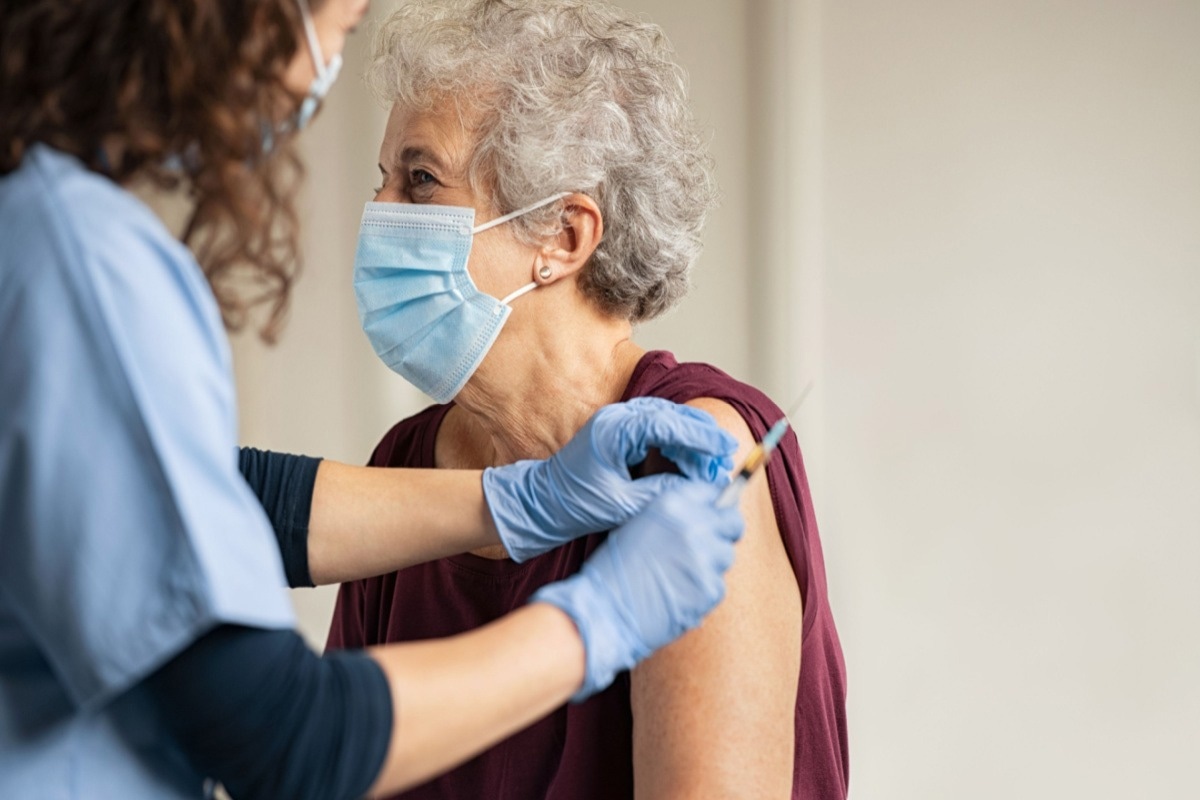In a recent study published in Jama Network Open, researchers estimated the probability of severe acute respiratory syndrome coronavirus 2 (SARS-CoV-2) reinfection following coronavirus disease 2019 (COVID-19) recovery. Additionally, they determined the effectiveness of the primary vaccination series in reducing the reinfection risk.
 Study: Effectiveness Associated With Vaccination After COVID-19 Recovery in Preventing Reinfection. Image Credit: Rido/Shutterstock
Study: Effectiveness Associated With Vaccination After COVID-19 Recovery in Preventing Reinfection. Image Credit: Rido/Shutterstock
Background
There is growing evidence that susceptibility to SARS-CoV-2 reinfection is much lower in individuals who have experienced a SARS-CoV-2 infection. Moreover, such individuals are at a lower risk of hospitalization and death even upon reinfection. However, SARS-CoV-2 infection-induced natural immunity wanes over time, thus necessitating vaccination to boost the immunity again. Therefore, it is crucial that studies comprehensively investigate the benefits of vaccination in preventing reinfection among these individuals and the overall dynamics of SARS-CoV-2 reinfection.
About the study
In the present population-based cohort study, researchers analyzed data from the adult population (12 years and older) of Rhode Island between March 1, 2020, and December 9, 2021. The study cohort was unvaccinated when they first contracted reverse transcriptase-polymerase chain reaction (RT-PCR)-confirmed COVID-19. Also, these individuals remained unvaccinated for 90 days after their first positive RT-PCR test.
Further, the team categorized the study population into those living in long-term congregate care (LTCC), which included nursing homes and similar living facilities, LTCC employees, and the general population. LTCC settings typically have higher SARS-CoV-2 transmission rates, so residents and employees are at a higher risk of COVID-19-related morbidity and mortality.
The team conducted a survival analysis for all three sub-populations to characterize the risk of reinfection. All individuals who remained unvaccinated after the 90-day recovery period entered the risk cohort for SARS-CoV-2 reinfection. The researchers followed up with them from entry time to the risk cohort to the time of actual reinfection. They used the Kaplan-Meier method to calculate the three-, six-, and nine-month probability of reinfection for each study sub-population by vaccination status. The team recorded and categorized vaccination status as follows:
(1) CPVS, who received a two-dose regimen of the messenger ribonucleic acid (mRNA)-1273/BNT162b2 vaccine or one dose of the JNJ-78436735 vaccine,
(2) partly CPVS received one dose of the mRNA-1273/BNT162b2 vaccine, and
(3) unvaccinated
For all three subpopulations, the team also estimated vaccine effectiveness (VE) associated with preventing reinfection as a 1– adjusted hazard ratio (AHR), which they estimated using the Cox proportional hazards model.
Study findings
The study data encompassed 3124 LTCC residents, 2877 LTCC employees, and 94,516 individuals belonging to the general population. During the follow-up period, 56,888 individuals received at least one vaccine dose. In the general population, the risk of reinfection was lower among men than women (AHR 0.74), higher among white individuals, and lower among individuals who were confirmed symptomatic (AHR 0.58). The researchers could not find proof of comparable associations among LTCC employees and residents.
Using prospective analysis and time as a covariate, residents, and employees of LTCC facilities had VE associated with CPVS of 49% after recovery from the first infection vs. 62% for the general population. These estimates adjusted for age, gender, ethnicity, community-level COVID-19 risk, hospitalization status, and symptoms during the first infection, as well as the calendar time of entry into the SARS-CoV-2 reinfection risk cohort. The researchers could not deduce formal statistical inference about VE associated with preventing more severe reinfections. However, they observed that reinfection-induced hospitalization and mortality were lower among vaccinated individuals compared to unvaccinated ones.
Furthermore, the study findings were in agreement with other similar studies. A study by Cavenaugh et al. conducted in Kentucky showed that the unvaccinated population had two-fold higher odds of reinfection than fully vaccinated individuals. Similarly, another study conducted among health care workers from the UK showed that individuals who were subsequently vaccinated after SARS-CoV-2 infection maintained over 90% immunity consistently.
Conclusions
The current study evidenced that the primary vaccination reduced the risk of reinfection by approximately half in individuals who had recovered from COVID-19. The study results showed that during the nine months of recovery from primary infection, LTCC employees and residents were at a 10% and 13% higher risk of SARS-CoV-2 reinfection, respectively; thus, they needed vaccination on priority compared to the general population at only 2% reinfection risk. Employees and residents of similar settings with greater SARS-CoV-2 exposure (e.g., health care workers, workers at correctional facilities) should also be encouraged to complete vaccinations to reduce their risk of reinfection.